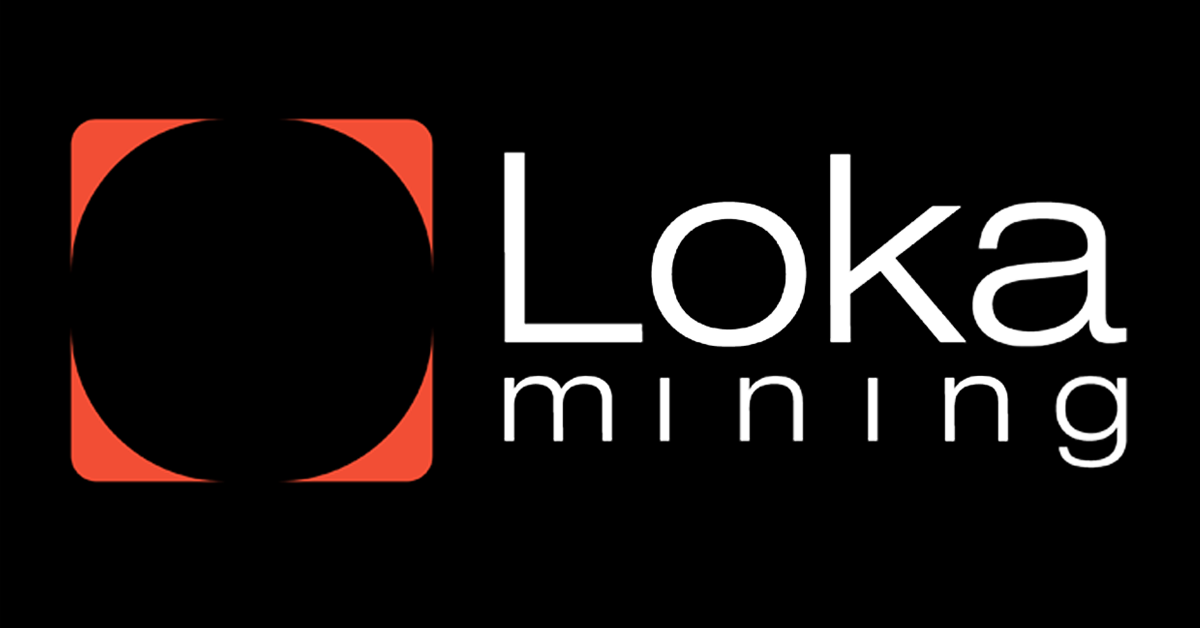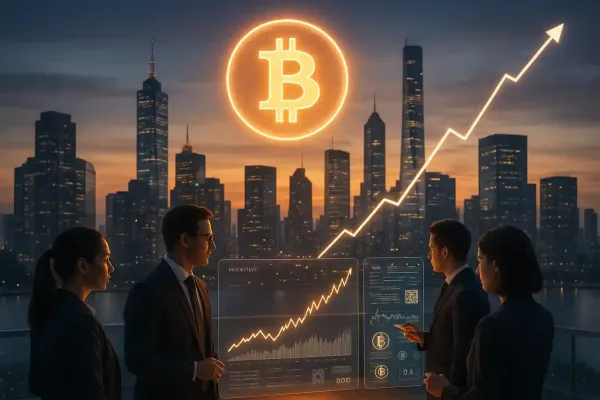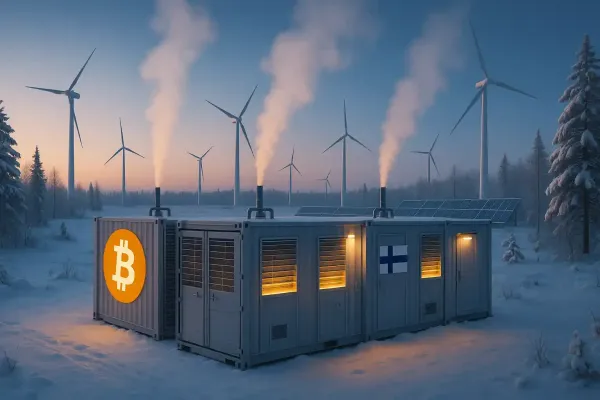Is Bitcoin Mining Still Profitable in 2024? And What Happens If Miners Stop Mining?

Introduction
Bitcoin mining has long been a profitable venture for those with access to the right hardware and low-cost electricity. However, as the Bitcoin network grows and mining difficulty increases, many wonder if Bitcoin mining is still profitable in 2024. Moreover, what would happen to the Bitcoin network if, hypothetically, miners stopped mining altogether? This article explores both questions, offering a comprehensive view of the current state of Bitcoin mining and the potential consequences of a miner exodus.
Bitcoin Mining Profitability in 2024: A Complex Landscape
Bitcoin mining has evolved significantly since its inception in 2009, when individuals could mine using standard CPUs or GPUs. In 2024, Bitcoin mining is dominated by Application-Specific Integrated Circuits (ASICs)—machines optimized for the sole purpose of mining Bitcoin. As a result, the landscape is competitive, and profitability depends on several key factors:
1. Bitcoin Price Volatility
The price of Bitcoin remains the most significant factor affecting mining profitability. In bull markets, when Bitcoin's price rises, mining becomes more profitable as block rewards (currently 3.125 BTC per block) have greater value. Conversely, during bear markets, declining prices squeeze miners' profit margins.
As of 2024, Bitcoin’s price fluctuates, sometimes reaching all-time highs but also experiencing sharp corrections. This volatility impacts mining profitability, making it harder to predict long-term earnings.
2. Mining Difficulty and Hashrate
Bitcoin’s mining difficulty adjusts roughly every two weeks to ensure that blocks are mined approximately every 10 minutes, regardless of the total hashrate on the network. As more miners join the network and add computational power, the difficulty increases, making it harder to find new blocks.
In 2024, the global Bitcoin hashrate has reached all-time highs due to advancements in ASIC technology and the addition of large-scale mining farms. This has significantly increased the difficulty of mining, meaning that individual miners or small mining operations often find it challenging to compete with larger players.
3. Electricity Costs
Electricity is one of the most substantial expenses in Bitcoin mining. Since ASIC machines consume massive amounts of power, miners need access to cheap and reliable electricity to remain profitable. In regions where energy costs are low, such as certain areas of China, Kazakhstan, or the U.S., mining can still be highly profitable. However, in places with high energy costs, the margin for profit diminishes rapidly.
4. Hardware Efficiency
Modern ASIC machines, such as the Antminer S19 Pro or the Whatsminer M30S++, have made significant strides in energy efficiency. These machines perform at higher hashrates while consuming less power than their predecessors. However, the initial investment in new hardware is substantial, often ranging from $2,000 to $10,000 per machine. Miners must factor in depreciation and the possibility of their hardware becoming obsolete as technology continues to evolve.
5. Block Reward Halvings
Every four years, the Bitcoin network undergoes a halving event, where the reward for mining a block is cut in half. The most recent halving occurred in 2020, reducing the block reward from 12.5 BTC to 6.25 BTC. In April 2024 the reward is 3.125 BTC per block. This halving reduces the direct earnings of miners, making profitability harder to maintain, particularly for those with higher operating costs.
6. Mining Pool Participation
For smaller miners, joining a mining pool is often the best way to remain competitive. Mining pools aggregate the computational power of multiple miners, allowing them to find blocks more frequently and share the rewards. However, pools charge fees (typically between 1% and 3%), which reduces the net earnings of individual miners.
Is Bitcoin Mining Still Profitable in 2024?
The answer to whether Bitcoin mining is still profitable depends heavily on individual circumstances. Large mining operations with access to cheap electricity and the latest ASIC hardware can still turn a profit, especially during periods of higher Bitcoin prices. However, smaller operations or those located in regions with higher energy costs may struggle to remain profitable, particularly as the next halving approaches in 2024.
For many smaller miners, mining Bitcoin directly may no longer be feasible. Instead, some choose to mine other, less competitive cryptocurrencies or sell their computational power through services that offer daily payouts in Bitcoin or stablecoins.
What Happens If No One Mines Bitcoin?
The idea of miners abandoning Bitcoin is a thought experiment that helps illustrate the importance of mining to the overall health of the Bitcoin network. If no miners were to continue mining, several significant consequences would arise:
1. Network Security Would Collapse
Mining is the process that secures the Bitcoin network through Proof of Work (PoW). Miners verify transactions, group them into blocks, and add them to the blockchain. The computational power (hashrate) contributed by miners makes it nearly impossible for bad actors to manipulate or attack the network through processes like a 51% attack.
Without miners, the network would no longer be secure. Anyone with sufficient computational power could take control of the blockchain, double-spend coins, or disrupt the system by creating invalid transactions. Essentially, the trust and security of the entire Bitcoin system would collapse without the ongoing work of miners.
2. Transactions Would Stop
Miners not only secure the network but also confirm transactions. Each block contains thousands of transactions, and miners group these transactions into a block and add it to the blockchain every 10 minutes. If no one is mining, transactions would no longer be confirmed, and the Bitcoin network would come to a halt.
This would mean that users could not send or receive Bitcoin, and the blockchain ledger would stop updating. In effect, Bitcoin would become unusable as a digital currency.
3. Incentives for Mining Could Change
Although the block reward decreases over time due to halvings, miners also earn revenue from transaction fees. As Bitcoin becomes more widely adopted, the transaction fees are expected to become a more significant source of income for miners. In the hypothetical scenario where no one mines, transaction fees would no longer serve as an incentive, potentially reducing miners' motivation to secure the network.
However, over time, it's possible that transaction fees alone could provide enough incentive to keep miners engaged, even after the block reward diminishes. This is one reason why Bitcoin's design includes transaction fees as part of the miner reward structure.
4. The Network Would Self-Adjust to Attract Miners
Bitcoin's design includes a self-adjusting difficulty algorithm. If the number of miners decreases dramatically, the network would adjust the difficulty downward to make mining easier, encouraging miners to return. This adjustment ensures that, on average, a new block is mined every 10 minutes, regardless of how many miners are active.
In a scenario where many miners leave, the network would reduce difficulty until it becomes profitable for miners to return. Therefore, while a temporary exodus of miners could disrupt the network, the system is designed to self-correct over time.
Conclusion
In 2024, Bitcoin mining can still be profitable, but it depends on several factors, including hardware efficiency, electricity costs, the price of Bitcoin, and participation in mining pools. Large-scale mining farms and operations with access to cheap electricity are more likely to remain profitable, while smaller operations may struggle.
If Bitcoin mining were to stop entirely, the consequences for the network would be dire. The security of the blockchain would be compromised, transactions would cease, and the fundamental integrity of Bitcoin would be at risk. However, Bitcoin's self-correcting mechanisms, such as the difficulty adjustment, are designed to ensure that mining continues, even if profitability wanes temporarily.
Ultimately, while Bitcoin mining may not be as accessible or profitable for everyone as it once was, it remains a crucial component of the network, and miners are likely to continue securing Bitcoin for years to come.
This article presented by Loka Mining.
Loka is revolutionizing the Bitcoin mining ecosystem by directly connecting investors with Bitcoin miners through a decentralized mining pool and an upcoming permissionless forward hashrate marketplace protocol.
Loka enables investors to get Bitcoin at lower than market price without centralized & counter-party risks, and Bitcoin miners to access capital efficient financing and hedge their risk exposure by selling their future mining rewards.
Find out more about loka in https://lokamining.com — or access our mining pool aggregator on https://pool.lokamining.com





